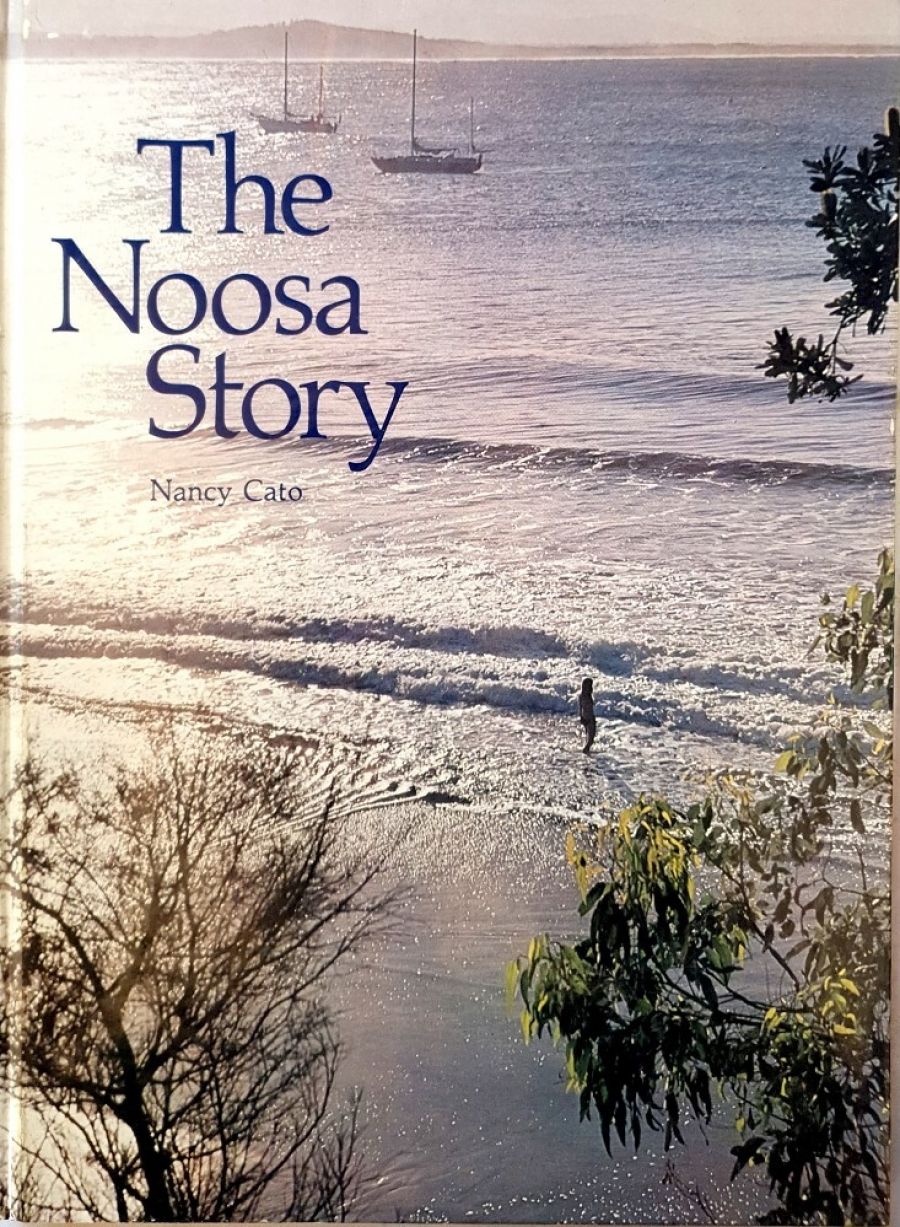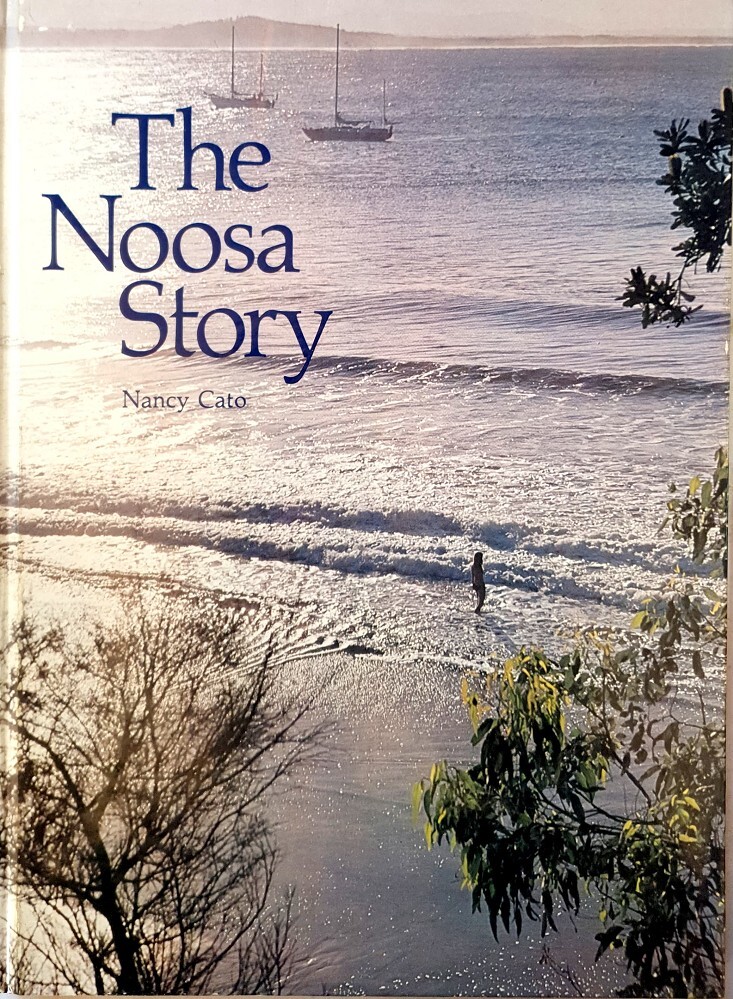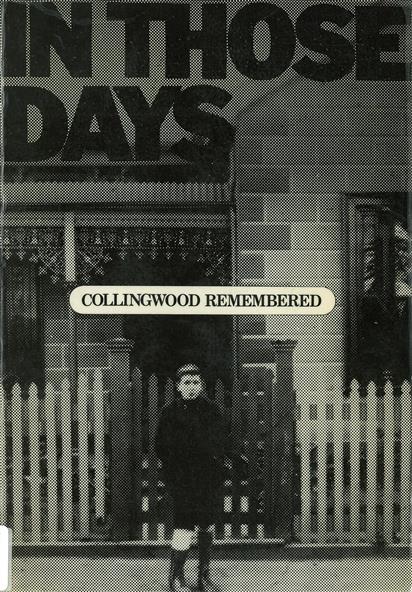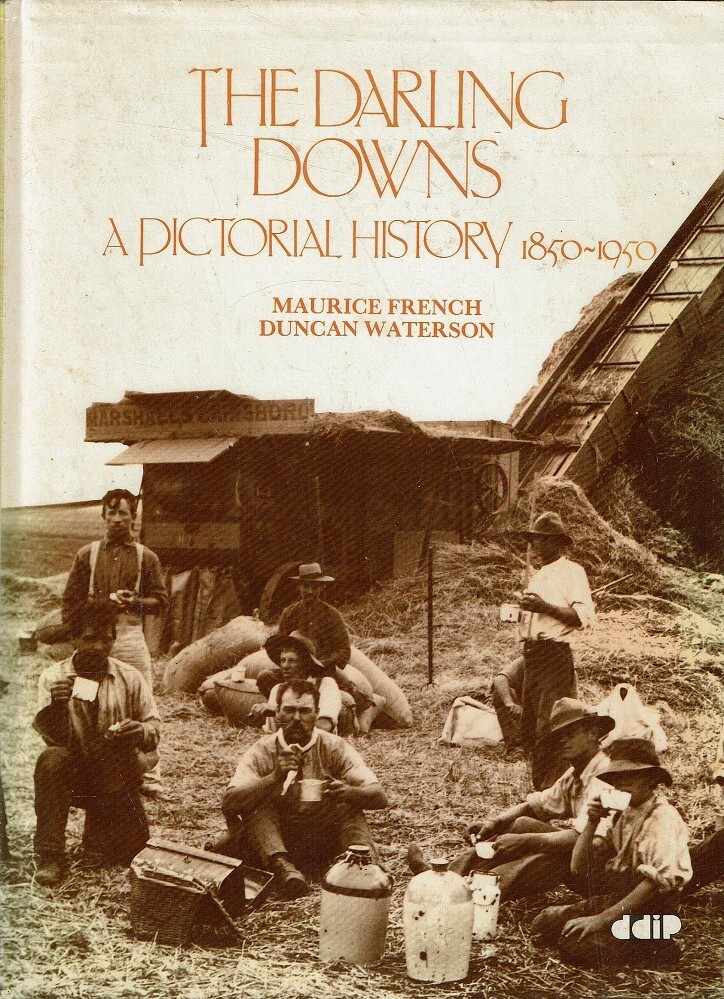
- Free Article: No
- Contents Category: Australian History
- Review Article: Yes
- Article Title: Our Town
- Online Only: No
- Custom Highlight Text:
The two local histories in this group are about utterly different places and are quite unalike in technique and form, yet they do share a common motivation. Both emanate from the researches and pens of local inhabitants, determined that the outside world should appreciate the qualities and problems of ‘our town’. However beyond this, they are linked only by ironies. One is the story of an environment and community being destroyed by an excess of wealth; the other is of a working-class suburb’s character and difficulties that spring from quite the reverse. The first is Nancy Cato’s very angry The Noosa Story: a Study in Unplanned Development; the second, In Those Days: Collingwood Remembered, is the fruits of the Collingwood History Committee.
- Book 1 Title: The Noosa Story
- Book 1 Biblio: Jacaranda, illus., 137 p., $10.95 ISBN O 7016 1212 6
- Book 1 Cover Small (400 x 600):

- Book 1 Cover (800 x 1200):

- Book 2 Title: In Those Days
- Book 2 Subtitle: Collingwood remembered
- Book 2 Biblio: Richmond Hill Press, illus., 64 p.,$4.95 ISBN O 908157 08 8
- Book 2 Cover Small (400 x 600):

- Book 2 Cover (800 x 1200):

- Book 3 Title: A Bibliography for the History of the Darling Downs (2nd ed)
- Book 3 Biblio: Darling Downs Institute Press. 173 p., $ IBSN 0 909306 03 6
- Book 3 Cover Small (400 x 600):

- Book 3 Cover (800 x 1200):

Nancy Cato has certainly done her town a good turn. The Noosa Story is a lucid, well-informed and pitiless saga of the ravages of greed. Premier Joh would no doubt call it propaganda; I call it good history. Whatever the subject matter, the writing of history is a -political act and Nancy Cato has turned her experienced hand to the very best sort of honest committed historical writing. No history is value-free, so the more candour from the author, the better.
The rape of Noosa Heads and its mangroves, lagoon, beaches and dunes, rain forest and unique flora and fauna did not begin with the property development boom of the 1960s - it began with the first coming of the white man. An accomplished writer on Aboriginal life and culture, Nancy Cato begins her tragic story with the genocide of the local tribes, by rum, shooting, poison, the use of corrupted black police. Now only Aboriginal place-names commemorate their ancient relationship with the land, and the more recent history has provided others, as in Murdering Creek: ‘Here a party of seven white man, having sent one man on as a decoy, ambushed the Kabi-Kabi in their canoes, ‘I never heard how many were killed on that occasion’, said the narrator Mr. David W. Bull ‘but it is safe to say they were legion’.
Having disposed of the black man, the white man then concentrated on destroying nature. Nancy Cato has more than a touch of eloquence, so here is a sample:
Of the original inhabitants of Laguna Bay, with its curving shore and cliffs of coloured sand, its freshwater springs, bubbling up through the beach, not one is left. Today, monstrous ‘vacuum cleaners’ suck up water and sand and spew it out in dirty heaps, extracting rutile. Plastic bags, beer cans, milk cartons, old tyres, rubber thongs and tangled nylon lines are mixed with the seaweed at high water mark. The black men left only their heaps of shells.
She goes on:
Now the trees, which gave Noosa Heads its Aboriginal name, are fast disappearing. The fragile, sandy hills are eroding; the Noosa Woods are going; the lines of ancient she-oaks that lined the foreshore have, long disappeared.’ Today a· rock groyne and a bare, pumped area of sand have replaced the golden, sculptured sandhills, where rainbow lorikeets fed on the nectar of the coast banksia. and azure kingfishers dug their tunnel nests. Swimming pools, neat, green lawns, modern motels and units line ‘the esplanade’, and the birds, like the blacks, have departed.
Once the timber-getters had finished with the forest, the Noosa story entered an interlude during the first four decades of this century when the white man achieved some sort of harmony with the environment. Small farms pottered along and the great guest houses controlled a modest and unsophisticated tourist trade. This is the happiest part of the book, when holiday parties came to swim fish, lie in the sun and in the evening luxuriate in the great rooms, resplendent with starched white linen, crystal and silver. Noosa must be one of the few Australian towns whose hey-day was during the Great Depression.
However, once the post-war boom had generated enough capital, the developers moved in and the assault on nature was renewed with extraordinary thoroughness, aided by not a little government cupidity. The only joy in Nancy Cato’s concluding chapters lies in the sweet revenge nature had taken on the developers. Oblivious of the dynamics of tides and storms, the developers remoulded the coastline only to have their entire beach stolen by the sea and the sandhills to cave in under their holiday units. Equally satisfying is the fate of Cambridge Credit, who drained the mangroves, and built a luxury estate surrounded by canals. The canals caused· sand and silt to block the river entrance, and before they could, say ‘Jack Robinson’, cyclonic floodwaters were up over the manicured lawns and halfway into the Wilton shag pile inside.
The Noosa Story is attractively produced and appropriately well illustrated, with colour plates to boot. It is already into a second edition. After reading this splendid little ‘ book, you will not want to spend your next holiday at Noosa Heads (for which many locals will be grateful, one suspects), but Nancy Cato has succeeded in putting ‘Notorious Noosa’ firmly on the ecological disaster map. It stands. as a dire warning to us all.
In Those Days: Collingwood Remembered is a commendable and moving collection of oral history, supplemented with published recollections of nineteenth century inhabitants and observers. Although tiny and in steady demographic decline since 1900, Collingwood has remained one of Melbourne’s most important cultural and political cradles. From 1914 its population has fallen from 36,000 to the 1976 Census count of 16,645, of whom 9,985 were born in Australia, 2,622 in Greece, 845 in Yugoslavia, 684 in Turkey and Lebanon and 581 in Italy. Collingwoodites who have made newer good and more have been streaming out to newer and more salubrious suburbs ever since it began, and New Australians have followed suit in using ·it as a launching place – in 1961, 21% of the people were born in Italy and Greece alone, so the longer established Italian migrants have kept up the tradition. But the important thing about Collingwood people is that they never forget it and never lose their affection for ‘their town’. Consequently the Collingwood Football Club is the most widely and fanatically supported club in the V.F.L., well ahead of its neighbour and deadly rival Richmond.
Collingwood Remembered is concerned primarily with the Old Australian Collingwood before World War II. The Collingwood History Committee is collecting taped recollections of life in the suburb for the History Collection in the Collingwood Library (and incidentally, they are keen for any new material and interviewees). The Collingwood City Council have helped morally and financially and this collection of extracts from interviews with twenty elderly women and five men is offered at an exceptionally low price, abundantly illustrated with photographs, advertisements and personal memorabilia.
The stars of the book are of course the old people themselves, who tell with dignity and humour their stories of family, life, school, work, religion, recreation, the Depression and the two wars. Of course this collection is not intended to be comprehensive and exhaustive, but there are some gaps which one hopes a succeeding volume will fill. Catholics are underrepresented in this sample, seeming to be only two or three out of the twentyfive when they comprised nearly 30% of the population in the 1920s. Similarly a little more on Collingwood politics would be desirable to flesh out the portrait of this important working-class community. The other imbalances, however, result really from cold demographic facts: men are grossly underrepresented in the sample, but then so they are in the inner suburbs after the age of 65, for Australian-born males in Collingwood, Richmond and Fitzroy have the shortest life-expectancy of all white Australians. Secondly, slightly too many interviewees came from better-off Clifton Hill, but again the very poor do not live as long as everybody else.
The outstanding achievement of Collingwood Remembered, for which the Committee deserves full credit, is that the collection truly represents the real core of these deprived working-class communities – the respectable, family loving, hardworking majority. Those who expect revelations redolent of Power Without Glory will, happily, be disappointed. Collingwood Remembered enables the real Collingwood people to tell ‘how it was’, and as a generation afflicted with economic and social dislocation visited upon them by international crises, they have much to tell and much to teach in these newly troubled times.
Our final local history treat is· Maurice French’s A Bibliography for the History of the Darling Downs and adjacent regions, which he has produced for both his students at the Darling Downs Institute of Advanced Education and for local history societies. First published in 1976, the success of this detailed and well-organised bibliography has prompted a revised second .edition. The material has been culled from the Darling Downs Institute’s own Resource Materials Centre, the Queensland State Archives, the John Oxley Library, the Royal Historical Society of Queensland (Newstead House), the Lionel Lindsay Library and Art Gallery (Toowoomba), the Mitchell Library (Sydney) and various historical societies. May the excellence of this enterprise inspire others elsewhere to do likewise.


Comments powered by CComment